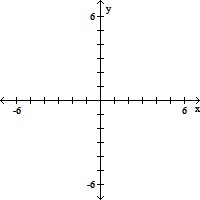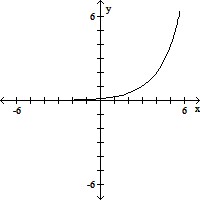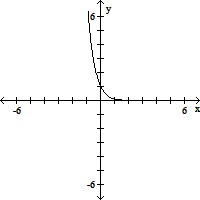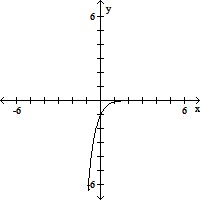Solve the quadratic inequality. < 6
< 6
A. -5 < x < -1, 1 < x < 3
B. -3 < x < -1, 1 < x < 5
C. -3 < x < -1, 3 < x < 5
D. -3 < x < 1, 3 < x < 5
Answer: C
You might also like to view...
Find the tax rate for the area. Round to the nearest tenth of a percent.Total tax needed: $2,773,000Total assessed value: $53,706,000
A. 0.5% B. 19.4% C. 5.2% D. 1.9%
Use transformations to graph the function. Determine the domain, range, and horizontal asymptote of the function.f(x) = 2(x - 3)
A. domain: (-?, ?); range: (0, ?)
horizontal asymptote: y = 0
B. domain: (-?, ?); range: (0, ?)
horizontal asymptote: y = 0
C. domain: (-?, ?); range: (-?, 0)
horizontal asymptote: y = 0
D. domain: (-?, ?); range: (-?, 0)
horizontal asymptote: y = 0
Provide an appropriate response.A student is trying to solve the equation (x + 4)(x - 4) = 7. The student has set x + 4 = 7 and x - 4 = 7 and found that two solutions x = 3, x = 11. The student checks her results by plugging in her solutions into the original equation and finds that they do not work. How would you advise her?
What will be an ideal response?
Subtract. Simplify, if possible. -
- 
A. 
B. 
C. 
D. 